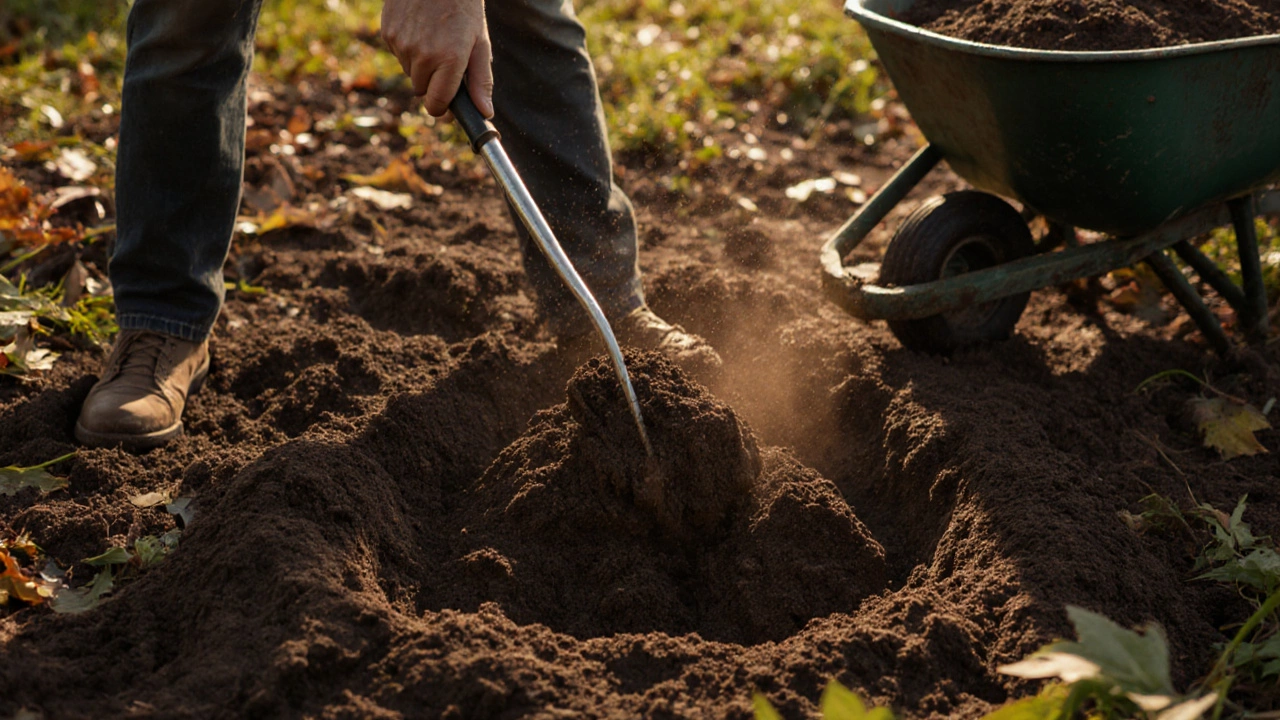Learn what to add to dense garden soil to make it easier to work with and better for plants. Discover compost, perlite, leaf mold, and other proven amendments that actually work in UK gardens.
Perlite for Garden: Why It Works and How to Use It Right
When you’re growing plants in pots or raised beds in India’s hot, humid climate, perlite, a lightweight, volcanic glass expanded by heat to form porous white granules. Also known as expanded volcanic glass, it’s one of the most practical soil additives for home gardeners who want healthy roots without the mess. Unlike peat moss or compost, perlite doesn’t break down over time. It doesn’t compact. It doesn’t attract bugs. It just holds air and lets water slide through—exactly what root systems need to breathe in heavy Indian clay or overwatered balcony containers.
Perlite for garden isn’t magic, but it’s close. It’s the secret behind why your succulents don’t rot, why your tomato seedlings don’t drown after a monsoon shower, and why your balcony herbs keep growing even when you forget to water. It’s used in professional nurseries across India because it’s cheap, clean, and works every time. You’ll find it mixed into potting soils sold at garden centers, but buying it plain lets you control exactly how much you add. For most plants, a 1:3 ratio—one part perlite to three parts soil—is enough. For cacti or orchids, go 50/50. Too much and your soil loses structure; too little and you’re just wasting money.
It’s not just about drainage. Perlite helps with temperature stability too. In Delhi’s summer heat or Chennai’s sticky humidity, the white granules reflect sunlight and keep roots cooler than dark soil. That’s why many growers mix it into seed trays—it gives delicate sprouts a fighting chance. And because it’s sterile, you don’t have to worry about fungi or weed seeds sneaking in. But here’s the catch: perlite doesn’t feed plants. It’s not a fertilizer. It’s a helper. Pair it with compost or organic manure, and you’ve got a winning combo. Skip the compost, and your plants will starve even if their roots are happy.
You’ll also see it used in hydroponics and vertical gardens—common in urban Indian homes where space is tight. It’s the go-to medium for growing strawberries on walls or herbs on window ledges because it holds just enough moisture without turning to mush. And unlike styrofoam, which some use as a cheap filler, perlite won’t leach chemicals into your soil. It’s safe for vegetables, safe for kids, and safe for pets.
Some gardeners avoid it because it’s dusty when dry. That’s easy to fix: lightly spray it with water before mixing. Others think it’s too expensive—but a small bag lasts years. One 10-liter bag can amend dozens of pots. Compare that to buying pre-mixed soil every season, and you’re saving money and waste.
Perlite doesn’t replace good gardening habits. You still need to watch your watering, pick the right pots, and know your plants. But when you add perlite to the mix, you’re giving your plants the one thing they can’t make themselves: room to breathe. And in India’s tough growing conditions, that little bit of space can mean the difference between a thriving garden and a sad, soggy mess.
Below, you’ll find real stories from gardeners who used perlite to fix their failing plants—from balconies in Mumbai to backyard plots in Punjab. You’ll learn where it works best, where it’s pointless, and how to avoid the one mistake most beginners make. No fluff. Just what you need to grow better, right now.
